Ecological sustainability is becoming increasingly important in all sectors of industry. At the same time, the pressure to maximize profitability is increasing. For manufacturing companies in particular, this conflict of objectives is an issue that will determine future success. Resolving this conflict will give them a decisive competitive edge. In this context, traditional maintenance and asset management activities play an important role both in the operational process and in the design of new systems.
At its core, industrial sustainability is about finding the optimum balance between reducing resource consumption, minimizing environmental impact and increasing productivity and profitability as much as possible. Effective methods for maintenance and asset management create transparency and identify suitable measures to achieve the optimum.
Value-oriented maintenance plays a decisive role in the optimization or continuous control of systems, helping to reconcile economic efficiency and sustainability. In predictive maintenance or the planning of inspection shutdowns, the method also supports the identification and implementation of improvements in industrial sustainability. There is further potential in asset management when renewing and planning new systems, to increase sustainability and maximize profitability at the same time (see image below).

The main areas of action are described in more detail below.
-
Optimization of system operation and industrial sustainability by determining the process parameters
In many cases only a few systems and processes have a major impact on the sustainability of a company’s production. These are particularly consumption-intensive systems and processes that can have a strong positive impact on a company’s sustainability balance through improvements and modifications. These sustainability drivers and the effect of their specific process parameters can be identified and measured through targeted analyses. The results are incorporated into comprehensive modeling aimed at industrial sustainability. The defined target values are then used for the continuous, systematic optimization of system operation and the entire process and system control.
-
The permanent compliance with sustainability targets is ensured by continuous system control
The continuous monitoring and control of production processes is crucial for many companies to ensure industrial sustainability in the long term. With knowledge of optimal plant operation and the critical process parameters and their target values, companies can use statistical process control (SPC) and continuous monitoring of limit values to ensure that they operate within sustainable target and limit values. In the event of unplanned deviations, predefined corrective measures are initiated very quickly via defined short-interval controls. Depending on the type and scope, these corrective measures can either be carried out immediately by the operating personnel of the system itself or consist of obtaining further information or support via a qualified maintenance notification.
-
Predictive maintenance prevents problems before they arise
As a rule, most companies already record many parameters that are of great importance for sustainable operation, including malfunction data, downtimes and process data. However, additional data is needed that can be collected in maintenance to optimize overall efficiency and industrial sustainability. The exact progress of wear can be modeled using critical components and their wear and function-critical parameters.
These comprehensive wear models are used to record and evaluate the relevant information and derive measures to extend the service life of components. This allows the optimum intervention time to be planned so as not to lose production time or delay output. This approach also increases sustainability, as the energy resources used for production operations, for the execution of maintenance work and for the stockpiling of spare parts are used efficiently.
-
Optimized maintenance planning extends the service life of the system and conserves resources
The planning and scheduling of major production shutdowns plays an important role in the profitability and sustainability of industrial production. Comprehensive scenario planning is a decisive step towards efficient and effective maintenance and production planning. In particular, the modeling and interpretation of the technical condition of critical systems enables a more targeted prediction of unknown conditions and the associated risks and maintenance scenarios. This allows for the optimal coordination of various factors that are essential for sustainability, such as
- Frequency and intervals of standstills,
- optimum duration and timing of the downtime,
- Sequences during shutdown and start-up of the subsystems,
- necessary system renewals or new systems,
- Synergies or conflicts between the products to be produced
This planning approach results the effective use of resources, minimized downtimes and a comprehensive concept of sustainability. This not only reduces the frequency with which systems need to be replaced, but also the environmental impact linked to the manufacture, transportation and disposal of these systems.
-
Sustainability-optimized asset renewal and new asset planning for the entire asset portfolio
The management of the respective plant portfolio and upcoming plant renewals plays a key role in maximizing the service life of industrial plants and machinery, and therefore also in industrial sustainability. Companies must consider a variety of factors when deciding whether to repair or replace aging equipment, such as the overall condition of the equipment and the costs associated with repair and replacement. An asset condition assessment provides a meaningful result to determine the most economical and sustainable overall solution by choosing the right “repair or replace” option.
Furthermore, far-sighted planning of new systems is crucial for their long-term success. This includes carrying out life cycle cost analyses (LCC) to determine the total cost of ownership and the “industrial sustainability index” over the lifetime of the plant, as well as using predictive models. By simulating processes and analyzing data, the emissions of greenhouse gases, energy consumption or the water requirements of a plant can be predicted, for example. This information can then be used to optimize processes and improve the sustainability of the system.
Lasting progress through a combination of classic implementation methodology and value-oriented maintenance
Maintenance plays a crucial role in introducing technical improvements and enabling and utilizing new technologies. This applies to the optimization of industrial sustainability. Maintenance also plays a key role in data procurement for all the topics described above and provides support in collecting and qualifying the data required under the EU’s Corporate Sustainability Reporting Directive (CSRD).
The successful introduction and implementation of value-oriented maintenance relating to industrial sustainability is achieved through good planning and pursuing clearly defined goals. The new processes and methods must be combined with existing process and system knowledge, as well as classic change and implementation expertise – This is the only way to ensure lasting benefits.
ConMoto supports you in defining the requirements for designing new processes and methodologies in maintenance and sustainability. Together with you, we develop the future-oriented use of value-oriented maintenance in sustainability and ensure that ecological and economic goals are consistent in your company.



 Deutsch
Deutsch